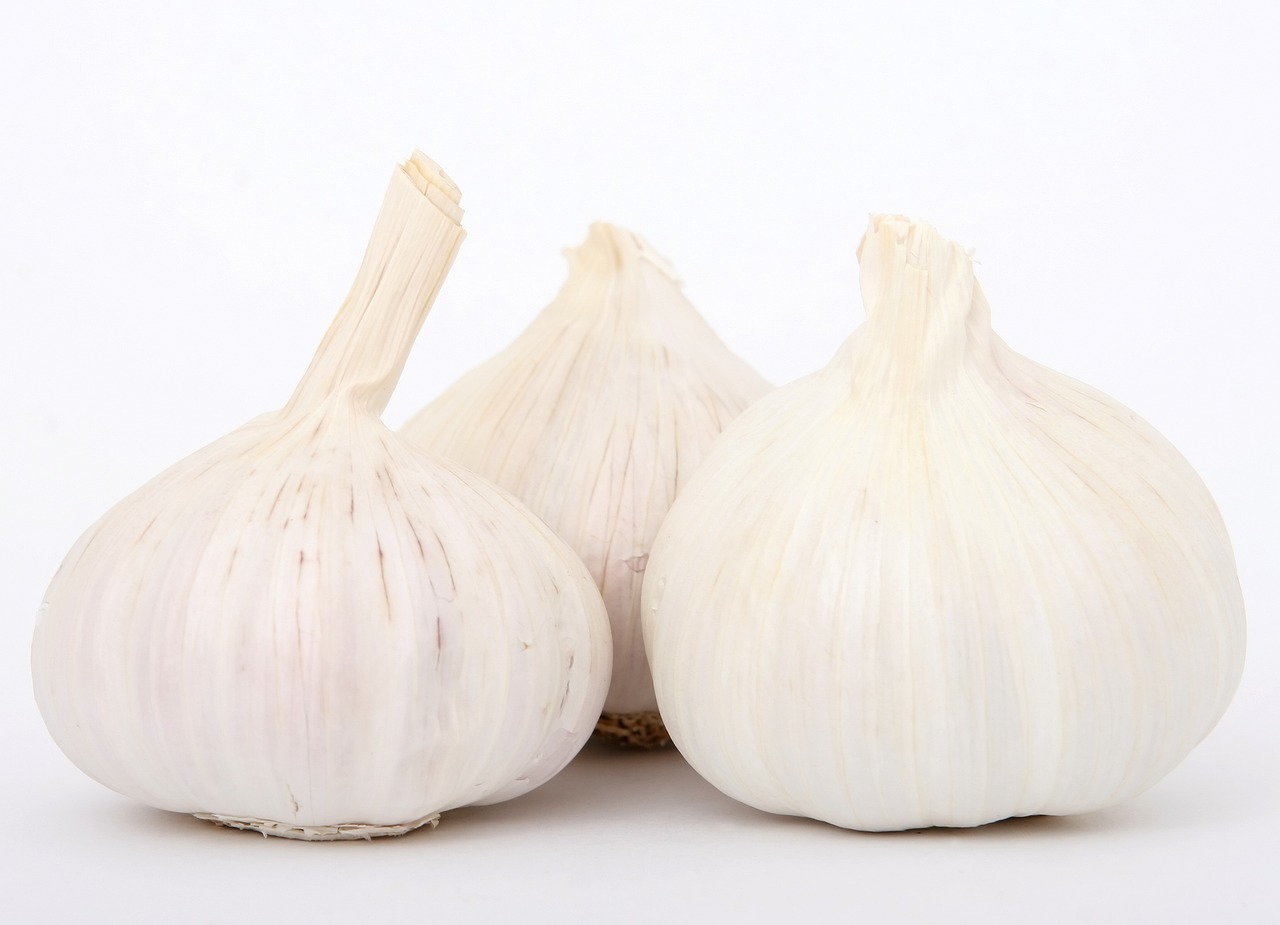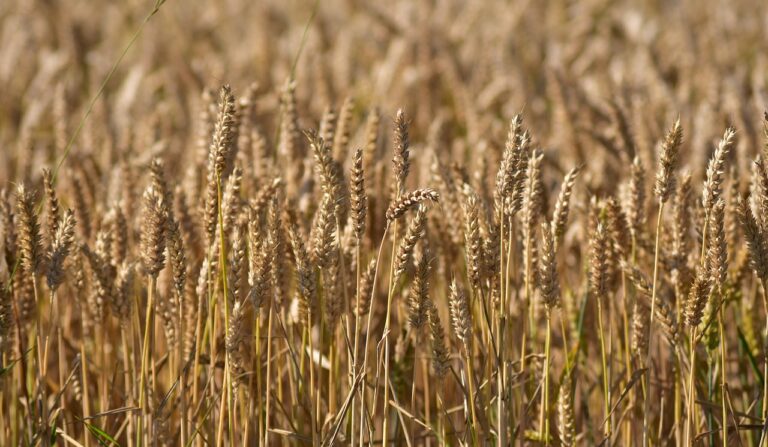The Evolution of Food Packaging: From Plastic to Sustainable Alternatives
In ancient times, food packaging was primarily focused on preserving the freshness and quality of the food. Early civilizations used materials such as leaves, animal skins, and woven baskets to store and transport their food items. These natural materials were effective in protecting the food from contamination and spoilage, showcasing the early understanding of the importance of packaging in ensuring food safety.
As societies progressed, so did the methods of food packaging. The Industrial Revolution marked a significant shift in food packaging, with the introduction of tin cans and glass jars for preserving food items. This era saw advancements in packaging technology and materials, allowing for longer shelf lives and improved food storage capabilities. The evolution of food packaging continued to evolve with the introduction of paper packaging, cardboard boxes, and eventually plastic materials, paving the way for the diverse range of packaging options available in the modern food industry.
The Rise of Plastic Packaging in the Food Industry
Plastic packaging emerged as a popular option within the food industry due to its convenience and versatility. It provided a lightweight and cost-effective solution for packaging various food products, making it easier for manufacturers to transport and store goods. Additionally, plastic packaging offered excellent protection against contaminants, extending the shelf life of perishable items such as fruits, vegetables, and dairy products.
The use of plastic packaging in the food industry also revolutionized marketing strategies, as it allowed for vibrant and eye-catching designs to attract consumers’ attention. The transparent nature of some plastic packaging enabled customers to see the product inside, increasing trust and credibility. Furthermore, plastic materials could be easily molded into different shapes and sizes, catering to the specific needs of various food items and enhancing brand visibility on supermarket shelves.
Environmental Impacts of Plastic Food Packaging
When it comes to the environmental impacts of plastic food packaging, one of the major concerns is the vast amount of waste generated. Plastic packaging, due to its durability and low cost, has become ubiquitous in the food industry. However, this convenience comes at a price as a significant portion of plastic packaging ends up in landfills or polluting waterways, contributing to environmental degradation.
Furthermore, the production and disposal of plastic food packaging leads to the release of greenhouse gases and other harmful pollutants into the environment. The manufacturing process of plastic packaging requires the extraction of fossil fuels and energy-intensive processes, which contribute to carbon emissions and exacerbate climate change. Additionally, the improper disposal of plastic packaging, such as burning or littering, further compounds the environmental impacts, posing threats to wildlife and ecosystems.
Plastic packaging contributes to a vast amount of waste generation
Significant portion of plastic packaging ends up in landfills or polluting waterways
Production and disposal of plastic food packaging leads to the release of greenhouse gases and other harmful pollutants into the environment
Manufacturing process requires extraction of fossil fuels and energy-intensive processes, contributing to carbon emissions
Improper disposal methods such as burning or littering pose threats to wildlife and ecosystems
What are some alternatives to plastic food packaging?
Some alternatives to plastic food packaging include glass containers, metal tins, paper packaging, and biodegradable/compostable materials.
How does plastic food packaging contribute to environmental pollution?
Plastic food packaging contributes to environmental pollution through littering, improper disposal leading to landfill accumulation, and release of harmful chemicals during production and breakdown.
Can plastic food packaging be recycled?
Some types of plastic food packaging can be recycled, but it is important to check local recycling guidelines as not all facilities accept certain types of plastic packaging.
What are the long-term effects of plastic food packaging on ecosystems?
The long-term effects of plastic food packaging on ecosystems include habitat destruction, ingestion by wildlife leading to harm or death, and contamination of water sources.
How can consumers reduce their use of plastic food packaging?
Consumers can reduce their use of plastic food packaging by choosing products with minimal or recyclable packaging, using reusable containers, supporting companies with sustainable packaging practices, and advocating for reduced plastic usage.







